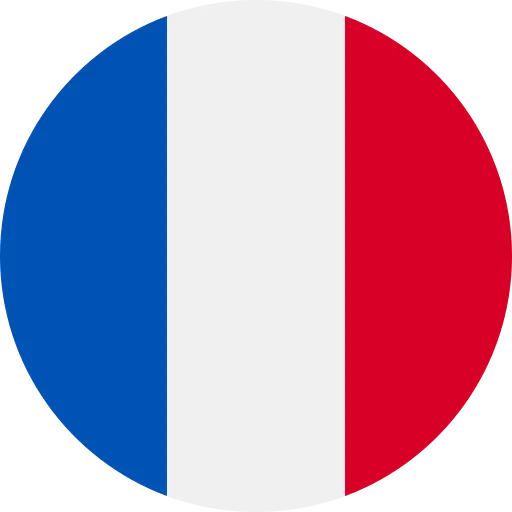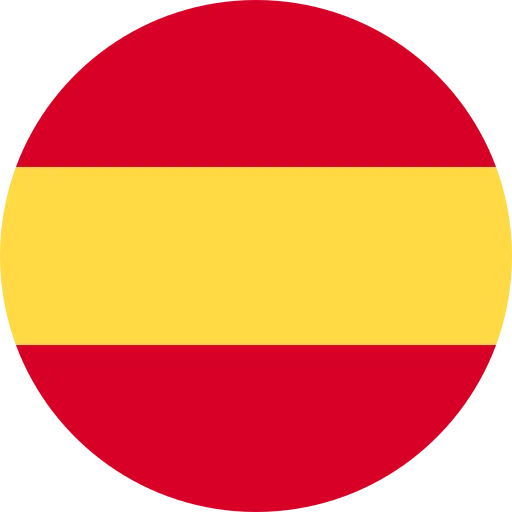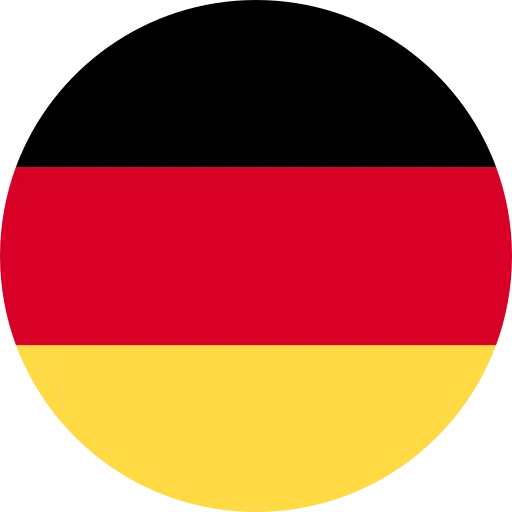Decades of hair icons reveal stories of cultural shifts, reflecting evolving societal values through transformative hairstyles.
Hairdressing transcends mere styling; it is a dynamic art form that mirrors and shapes cultural evolution. Each decade, with its unique social, political, and artistic landscapes, leaves an indelible mark on hair trends. Decades of hair icons serve as powerful symbols, encapsulating the spirit of their times. For hairdressers, understanding this rich history provides invaluable context, revealing how societal shifts influence and inspire creative expression.
1940s: Rita Hayworth and the Glamour of Wartime Elegance

During the 1940s, Rita Hayworth’s cascading, glamorous waves became a beacon of Hollywood elegance amidst wartime austerity. Her iconic look, a symbol of hope and escapism, represented the power of beauty to uplift spirits during challenging times. This era showcased the enduring influence of cinema on hair trends.
1950s: Grace Kelly and Post-War Refinement in Hair Design

The 1950s witnessed a return to refinement and poise, embodied by Grace Kelly’s sophisticated updos. Her elegant styles reflected the post-war desire for stability and grace, showcasing the enduring appeal of classic beauty. This decade cemented the importance of polished, ladylike styles.
1960s: Twiggy and the Youth Revolution in Styling

The 1960s marked a radical departure from tradition, with Twiggy’s androgynous pixie cut and Vidal Sassoon’s geometric styles symbolizing the youth revolution. Sassoon’s innovative approach to haircutting, emphasizing precision and modernity, transformed hairdressing into an art form. This era highlighted the power of youth culture to challenge established norms.
1970s: Farrah Fawcett and the Natural Look of a Free-Spirited Decade

Farrah Fawcett’s feathered layers captured the free-spirited, natural aesthetic of the 1970s. Her iconic look, embodying the era’s relaxed, bohemian vibe, reflected a desire for authenticity and individuality. This decade emphasized the importance of natural beauty and effortless style.
1980s: Madonna and Bold Experimentation in Hair Art

Madonna’s shaggy perm and Trevor Sorbie’s avant-garde creations defined the 1980s, a decade of bold experimentation and flamboyant self-expression. Sorbie’s boundary-pushing techniques challenged conventional hairdressing, reflecting the era’s rebellious spirit. This decade showcased the power of hair as a form of artistic expression.
1990s: Jennifer Aniston and the Casual Chic Hair Revolution

Jennifer Aniston‘s “The Rachel” haircut symbolized the relatable, casual chic of the 1990s. Her layered, effortless style resonated with a generation seeking simplicity and authenticity. This decade highlighted the influence of television on everyday hair trends.
2000s: Beyoncé and the Dynamic Diva’s Hair Influence

Beyoncé‘s versatile, dynamic styles reflected the rise of celebrity influence in the 2000s. Her ever-evolving looks, ranging from sleek and sophisticated to voluminous and dramatic, showcased the power of hair as a form of self-expression. This decade cemented the role of celebrities as trendsetters.
2010s: Rihanna and the Fearless Chameleon’s Hair Transformation

Rihanna’s fearless experimentation with various styles defined the 2010s. Her ability to transform her look, from edgy and bold to elegant and refined, showcased the power of hair as a tool for reinvention. This decade emphasized the importance of individuality and self-expression.
2020s: Natural Textures and Inclusive Styles in Modern Hairdressing
The 2020s are witnessing a shift towards natural textures and inclusive styles, reflecting a growing appreciation for diversity and authenticity. This decade underscores the importance of celebrating individual beauty and embracing natural hair.
A Legacy of Influence: Understanding the Evolution of Decades of Hair Icons
Understanding the historical and cultural significance of decades of hair icons provides hairdressers with a valuable perspective on their craft. It illuminates how societal shifts, artistic movements, and cultural icons shape and inspire hair trends. By recognizing this evolution, hairdressers can better appreciate the power of their art to reflect and influence society.
Photos: Getty Images








